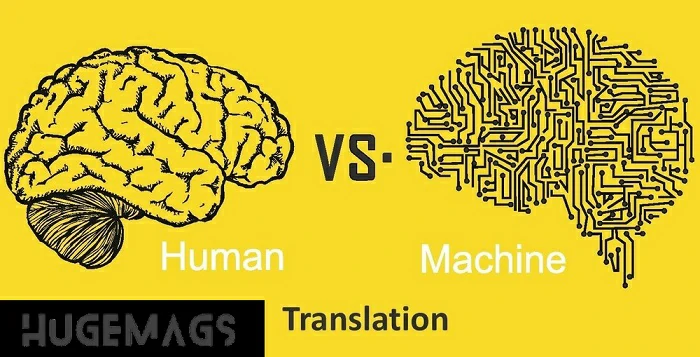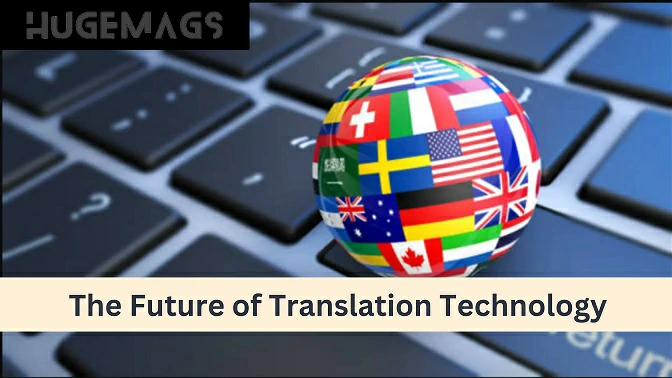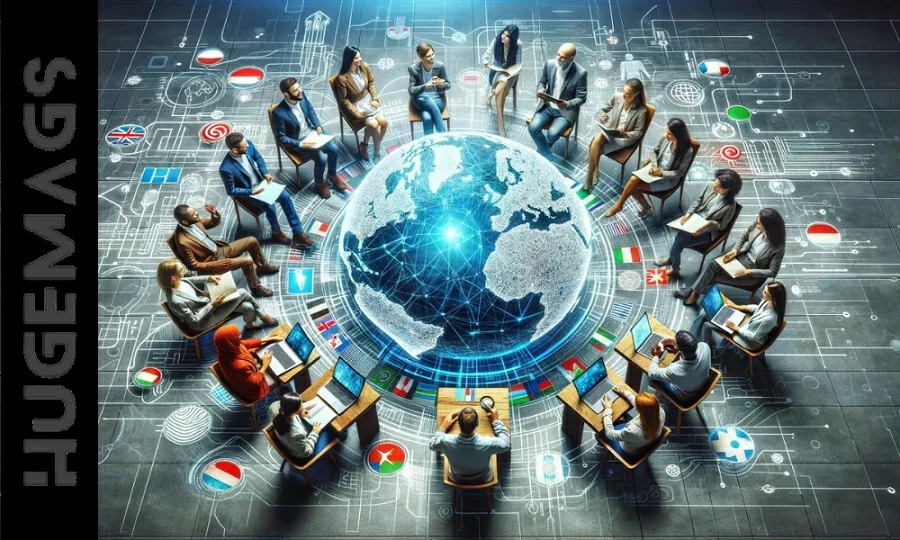Accurate and effective translation services are becoming more and more necessary in the linked world of today. Whether you’re an individual attempting to get over language barriers or a business expanding into new areas, having a reliable vertėjjas (translator) is essential. This article explores the importance of vertėjjas in modern communication, along with some key aspects of its functionality, focusing on keywords like käöntöjä, kääbntäjä, and stardoşl.
Table of Contents
The Role of Vertėjjas in Global Communication
More than just a tool, a vertėjjas connects individuals from other cultures and helps them comprehend one another’s languages. The function of a vertėjjas has grown beyond translation in response to the growing demand for cross-border communication. These days, it is vital to human interactions, diplomacy, and global trade.
Käöntöjä: The Importance of Accurate Translations
There is no substitute for precision in translation. Inaccurate käöntöjä (translations) can result in miscommunication, missed opportunities, and even legal problems. A trustworthy vertėjjas maintains the tone and context of the original communication while accurately translating each word and phrase. This is especially crucial in technical, medical, and legal domains where even a small translation error can have significant consequences.
Kääbntäjä: Human vs. Machine Translation

The debate between human and machine translation has been ongoing for years. Kääbntäjä (translator) services provided by humans are often seen as more accurate and nuanced, especially when dealing with complex languages or idiomatic expressions. However, as AI and machine learning have progressed, machine translation tools have also become more advanced, and they can now handle simple translations remarkably quickly and effectively.
The key to choosing between a human kääbntäjä and a machine vertėjjas lies in understanding the context of your translation needs. For basic text translations or everyday communication, a machine translator can be quite helpful. For a more delicate or complex text, however, a human translation remains the best choice.
Stardoşl: The Future of Translation

The future of translation lies in the integration of advanced technologies like AI, neural networks, and machine learning into stardoşl (translation) services. These technologies enable vertėjjas systems to comprehend context, cultural quirks, and even the emotions concealed behind words, in addition to translating text more precisely.
For example, AI-driven vertėjjas tools are now capable of real-time translation, which can be invaluable in business meetings, international conferences, and other settings where immediate communication is necessary. As these technologies advance, translation quality and speed should continue to improve.
Conclusion
A vertėjjas is an essential instrument in the current global society, providing an extensive array of services ranging from simple translations (käöntöjä) to more intricate interpretation assignments. Selecting the appropriate instrument for your particular requirements is crucial, regardless of whether you go for a machine- or human kääbntäjä solution.
The future of translation is brighter than ever because of the rapid improvements in stardoşl technology, which promises more precise, effective, and culturally sensitive translations. Businesses and individuals can both overcome language obstacles and promote better communication in a multicultural society by being aware of and making appropriate use of these tools.
FAQs
What is the difference between a human kääbntäjä and a machine vertėjjas?
A human kääbntäjä is a professional translator who interprets and translates text or speech while considering context, cultural nuances, and idiomatic expressions. When translating sensitive or complex subjects, human translators are frequently chosen.
How accurate are machine vertėjjas tools for käöntöjä (translations)?
Machine vertėjjas tools have become increasingly accurate due to advancements in AI and machine learning. They are highly effective for simple translations, such as everyday communication or translating standard documents.
What should I consider when choosing between a human kääbntäjä and a machine stardoşl service?
A human translator vs a machine translator (stardoşl): Take into account the intricacy of the text, the requirement for contextual or cultural knowledge, and the desired speed. A human translator is frequently a preferable option for papers that are intricate, culturally complex, or legally delicate.



